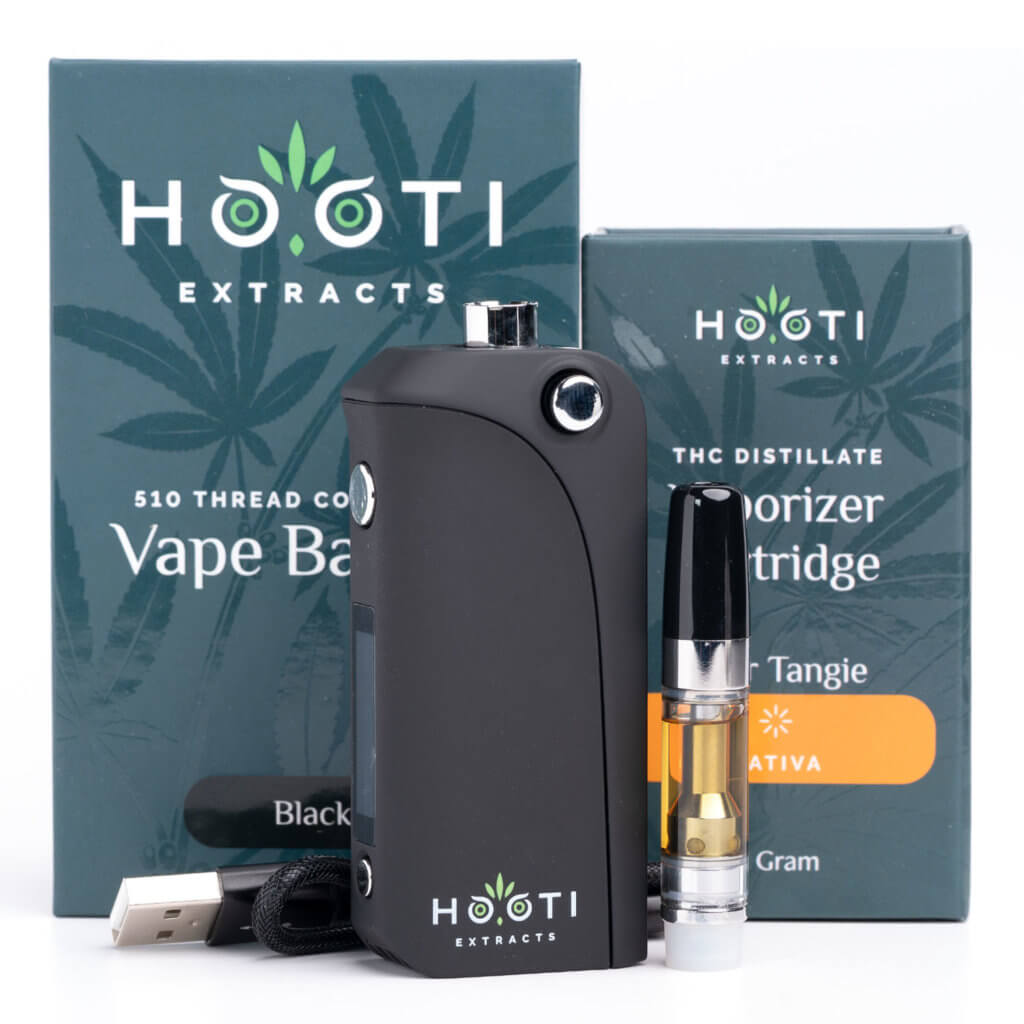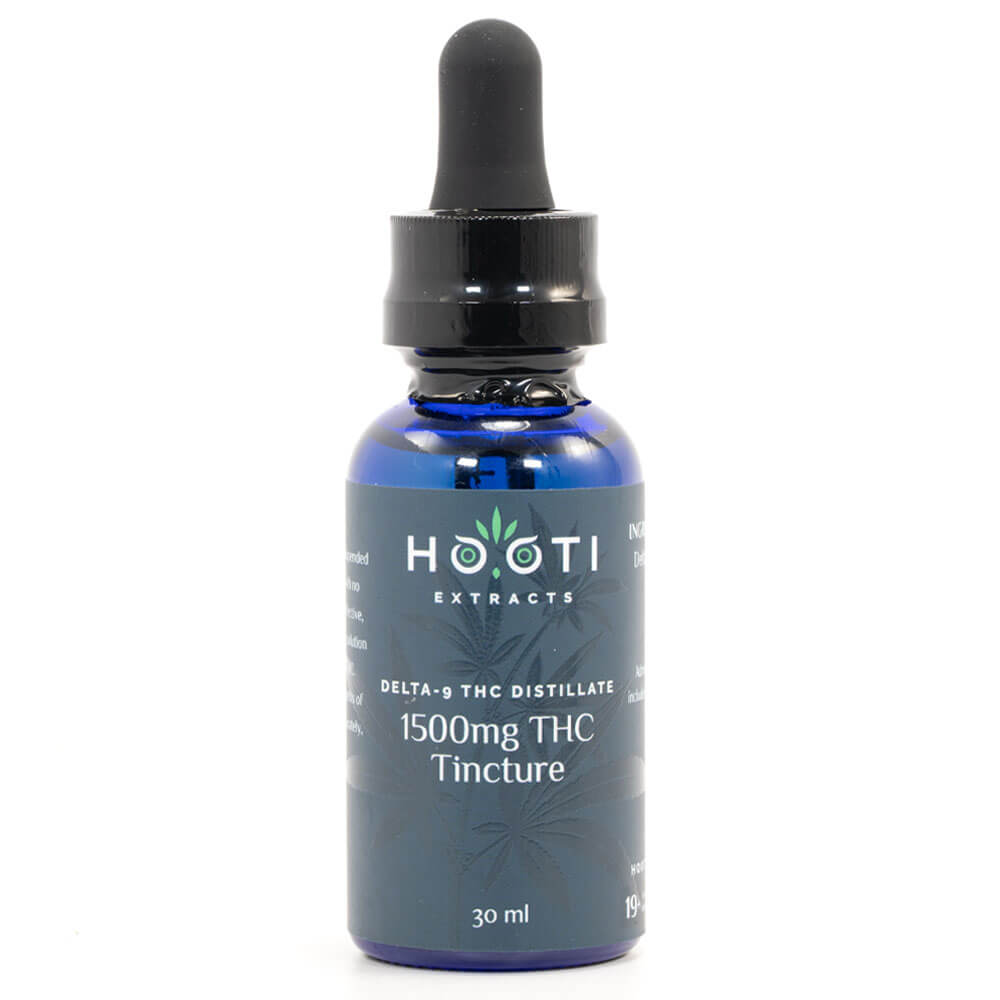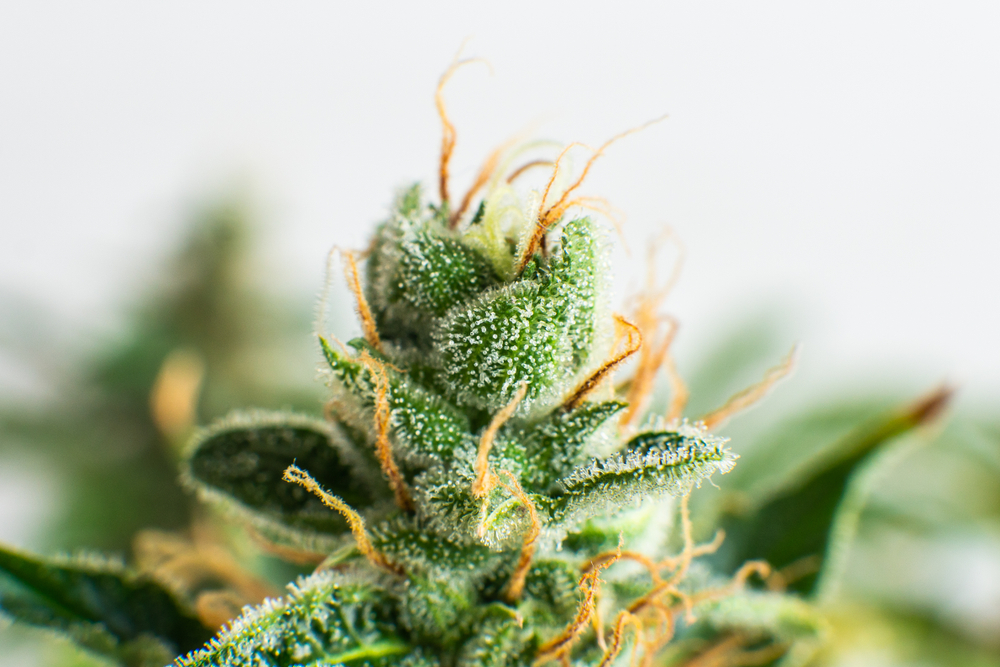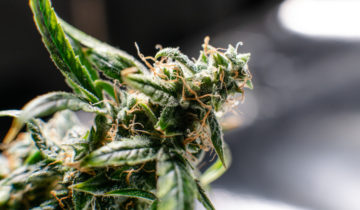THC, shorthand for tetrahydrocannabinol, is a chemical compound widely known today for its ability to induce a marijuana high and alter mood and perception.
Additionally, it is a well-studied cannabinoid used to treat medical conditions and ease some of the daily stressors people may experience.
However, back in the day, when most people first tried cannabis products, they didn’t know anything about what it was doing to their brains and bodies.
Now, as the many health benefits of cannabis gain attention worldwide, it is important to take a deeper look into THC and how it’s being used both medically and recreationally.
Keep reading to discover what this cannabinoid has to offer and what other benefits it brings aside from getting its users high.
What is THC?
THC (delta-9 tetrahydrocannabinol, C₂₁H₃₀O₂) is a chemical compound found in the cannabis sativa plant.
Cannabis plants contain a number of these compounds, known as cannabinoids; THC is the specific cannabinoid responsible for the “stoned” psychoactive effects we associate with consuming cannabis.
Cannabinoids interact with the body’s endocannabinoid system (ECS), which influences various cognitive, physical, and neurological processes.
The ECS produces its own cannabinoids (endocannabinoids) but can also receive cannabinoids from external sources (exogenous cannabinoids) through its CB1 and CB2 receptors. THC binds primarily with CB1 receptors, the ECS’s messengers to the central nervous system.
How Does THC Work?

While THC is still contained within the cannabis plant, it exists in its non-activated form, THCA (tetrahydrocannabinolic acid).
THCA molecules are too large to fit into CB1 receptors, so they must be activated and converted to THC to enter the endocannabinoid system.
Cannabinoids are activated through decarboxylation—adding heat to alter the cannabinoid’s molecular structure.
Typically, this is done by lighting cannabis on fire, such as when you smoke a joint. This newly-converted THC now has a passage into your ECS through your CB1 receptors.
As we learned above, CB1 receptors connect to the central nervous system (CNS), which comprises the brain and the spinal cord.
THC enters cannabinoid receptors and is sent to the brain, causing a rush of blood to the prefrontal cortex, where motor skills, planning, and decision-making occur.
This increased prefrontal activity causes some of the sedative effects associated with being stoned, such as poor coordination and lack of motivation.
THC provides physically therapeutic effects, using its pathway through the spinal cord to reduce inflammation and combat pain.
CB1 receptors also regulate the release of mood hormones such as dopamine and serotonin, leading to THC’s elevated, euphoric effects. However, THC can trigger cortisol production, which causes stress, anxiety, and paranoia.
Benefits of THC
There are many medical and recreational benefits associated with using THC. Let’s take a deeper look at some of the best benefits.
THC reduces inflammation and swelling associated with carpal tunnel syndrome, arthritis, and more. This reduced swelling eases pressure on nerves and provides pain relief, even from severe pain associated with chronic pain conditions such as fibromyalgia and multiple sclerosis.
Controlled doses of THC alleviate nausea and control vomiting. These antiemetic effects combined with THC’s pain-relieving abilities are why medical marijuana has earned acclaim from both doctors and patients, particularly cancer patients.
Many people consider the “munchies” that come with smoking cannabis to be a funny side effect.
Yet, this effect benefits people struggling with their appetites due to digestive issues, eating disorders, and cancer treatment.
THC and CBD

Medical cannabis tends to also be high in CBD (cannabidiol), another cannabinoid that provides similar medicinal benefits as THC (anti-inflammatory, analgesic, antiemetic) but with no psychoactive effects.
The combination of CBD and THC creates what’s known as an entourage effect, meaning they boost each other’s efficacy.
THC and CBD can also be helpful in mood regulation for individuals struggling with more severe conditions, such as depression, anxiety, and PTSD. Though they won’t replace SSRIs and other medications for everyone, CBD and THC can positively affect serotonin and dopamine reception through their interactions with CB1 receptors.
Of course, you don’t need to be treating a medical condition to appreciate the benefits of cannabis. Cannabis is an excellent tool for relaxation and socialization.
THC can help you decompress at the end of the day, disconnect from the stresses of life, and find some inner calm. It can also lift your mood, stoke conversation, and ignite laughter.
How to Consume THC
Inhalation
Smoking is the ingestion method most of us associate with cannabis. Usually, this involves ground cannabis flower being rolled into a joint or packed into a pipe or bong, then being ignited so the potent smoke can be inhaled.
Smoking cannabis remains a popular method of consumption. However, vaping THC has gained popularity over the last decade.
Unlike smoking, vaping does not involve combustion, so the inhaled vapour does not contain carbon and other carcinogens.
Additionally, the produced vapour is odourless, meaning it won’t leave a smell that lets people know you’ve been smoking.

If discreteness and privacy are essential for you, investing in a reliable THC vape pen is the right decision.
THC vape pens come with many different THC carts allowing you to choose between various potencies and flavours. What’s more, cartridges are small, transportable and interchangeable, meaning you can bring them wherever you want.
For more exciting information on vaping vs smoking, check out our article.
Edibles
Cannabis edibles are often associated with pot brownies and space cakes, but you can find cannabis-infused into just about any type of food these days.
Popular types of edibles include gummies, chocolate bars, lollipops, and plenty of baked treats.
Exercise caution when consuming THC in edibles as effects can take up to 2 hours to reach their peak. It can be tempting to want to eat another dose while you’re waiting for them to kick in, but it’s best to be patient to avoid overdoing it.
Tinctures
Tinctures are a convenient and discreet way to use THC. THC tinctures are made from THC and mixed into a carrier oil and/or alcohol for you to take them orally.

These products are usually dosed out with a dropper and taken under the tongue; THC spray tinctures are also available, which are taken by spraying onto the cheek or sublingually.
Oral tinctures come in a range of concentrations. If you are a newcomer, opt for a milder blend before moving to a more potent product.
In terms of flavours, minty and fruity varieties are popular and mask the taste of the carrier liquids.
The effects of tinctures are fast and usually felt within 20 minutes.
Bottom Line
We hope this guide has given you a bit of insight into why cannabis causes those sensations and effects we all enjoy.
Next time you spark up your pipe or pop a gummy, whether it be for recreational or medical benefits, you can picture the journey the THC is taking through your body as it relaxes you from your head to your toes.
As we learned, THC comes in many products such as edibles, gummies, tinctures and vaping oils and can be used for various purposes, making it useful in multiple situations.
Consult your doctor about whether or not to add it to your prescription and develop the best treatment plan together.
THC is a great cannabinoid that can be used for various purposes!



 No products in the cart.
No products in the cart.